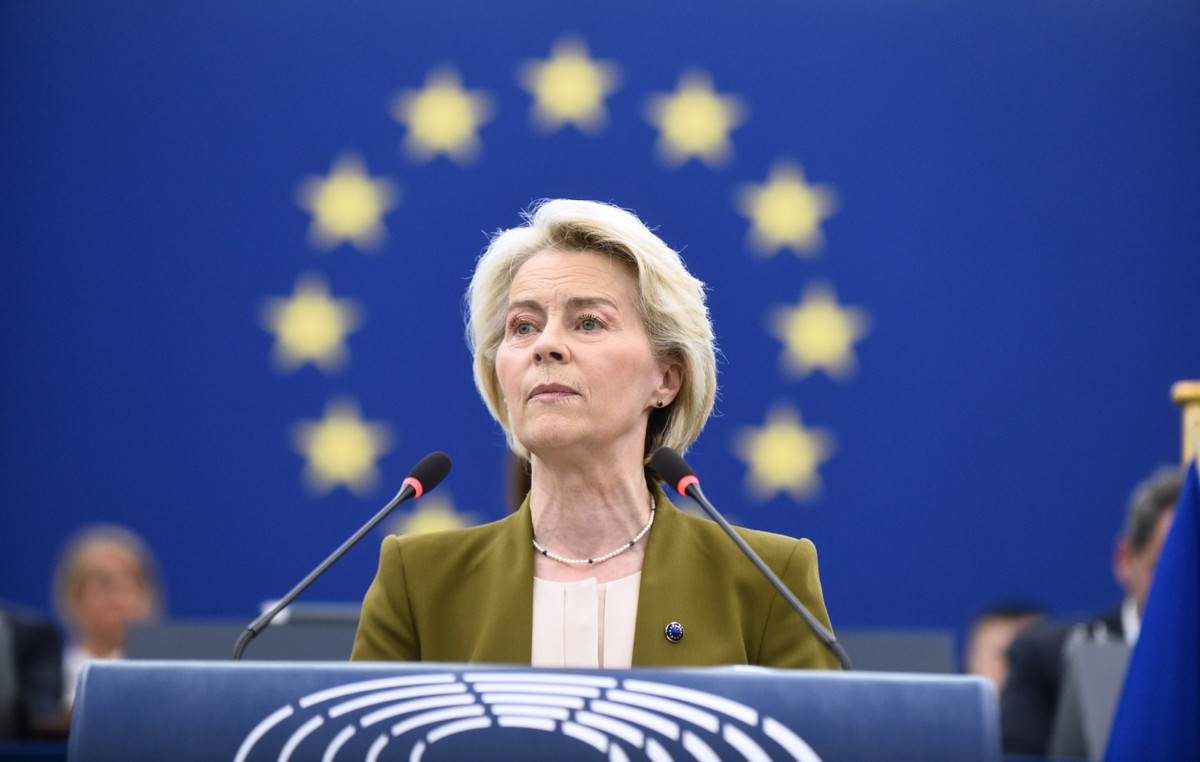- The DXY posted losses in the Wednesday session, falling towards 104.70.
- Investors are taking profits from Tuesday's recovery after the CPI.
- Attention now turns to retail trade and PPI data for January.
He US dollar (USD) measured by the US Dollar Index (DXY) saw a decline on Wednesday falling near 104.70. This bearish trajectory is mainly attributed to investors locking in profits following the Dollar's recovery on Tuesday after January CPI results showed persistent inflation. This prompted a recalibration of Federal Reserve (Fed) rate easing expectations. For the rest of the week, the markets will be attentive to the Producer Price Index (PPI) and retail sales to continue making their bets on the Fed's next decisions.
There is growing consensus in the markets that the Fed is unlikely to cut short-term rates, supported by the release of inflation data and the caution of its officials. This tightening of monetary policy easing expectations is likely to continue strengthening the Dollar following this consolidation. At the moment, markets are delaying their prediction of the start of the easing cycle until June.
Daily Market Summary: Dollar Takes Pause to Consolidate IPC Gains
- The US has not reported any relevant data during the session.
- Retail sales and the Producer Price Index for January will be published on Friday, which could add volatility to the Dollar.
- US Treasury yields also firmed. The 2-year yield at 4.56%, the 5-year yield at 4.22% and the 10-year yield at 4.25%, making the US Dollar struggle to find demand on Wednesday
- According to CME's FedWatch tool, the odds of a cut at the May meeting have decreased significantly, and markets are delaying the start of the easing cycle until June. The majority view is to leave rates unchanged at the March meeting.
Technical Analysis: DXY bullish momentum wanes, but buyers remain in control
The Relative Strength Index (RSI) on the daily chart reflects a negative slope into positive territory. The falling RSI, typified by declining momentum, is indicative of lower buying force, which can be considered a potential sign of selling pressure. Simultaneously, the moving average convergence divergence (MACD) histogram shows flat green bars. Normally, this flat alignment would suggest a state of equilibrium between short-term buyers and sellers fueled by profit-taking action by the bulls.
Despite these signals, the strongest indicator here appears to be positioning above the 20, 100, and 200-day simple moving averages (SMA). This suggests that the overall trend remains bullish and that buyers dominate the market in the long term despite a possible short-term reversal.
Overall, while some pullback can be expected due to short-term profit taking, as reflected by the negative slope of the RSI and a flat MACD, the overall uptrend appears to be intact and the bulls remain in substantial control.
US Dollar FAQ
What is the US Dollar?
The United States Dollar (USD) is the official currency of the United States of America, and the “de facto” currency of a significant number of other countries where it is in circulation alongside local banknotes. According to 2022 data, it is the most traded currency in the world, with more than 88% of all global currency exchange operations, equivalent to an average of $6.6 trillion in daily transactions.
After World War II, the USD took over from the pound sterling as the world's reserve currency.
How do the decisions of the Federal Reserve affect the Dollar?
The single most important factor influencing the value of the US Dollar is monetary policy, which is determined by the Federal Reserve (Fed). The Fed has two mandates: achieve price stability (control inflation) and promote full employment. Your main tool to achieve these two objectives is to adjust interest rates.
When prices rise too quickly and inflation exceeds the 2% target set by the Fed, the Fed raises rates, which favors the price of the dollar. When Inflation falls below 2% or the unemployment rate is too high, the Fed can lower interest rates, which weighs on the Dollar.
What is Quantitative Easing and how does it influence the Dollar?
In extreme situations, the Federal Reserve can also print more dollars and enact quantitative easing (QE). QE is the process by which the Fed substantially increases the flow of credit into a clogged financial system. This is an unconventional policy measure used when credit has dried up because banks do not lend to each other (for fear of counterparty default). It is a last resort when a simple lowering of interest rates is unlikely to achieve the necessary result. It was the Fed's weapon of choice to combat the credit crunch that occurred during the Great Financial Crisis of 2008. It involves the Fed printing more dollars and using them to buy US government bonds, primarily from financial institutions. QE usually leads to a weakening of the US Dollar.
What is quantitative tightening and how does it influence the US dollar?
Quantitative tightening (QT) is the reverse process by which the Federal Reserve stops purchasing bonds from financial institutions and does not reinvest the principal of maturing portfolio securities in new purchases. It is usually positive for the US dollar.
Source: Fx Street
I am Joshua Winder, a senior-level journalist and editor at World Stock Market. I specialize in covering news related to the stock market and economic trends. With more than 8 years of experience in this field, I have become an expert in financial reporting.







